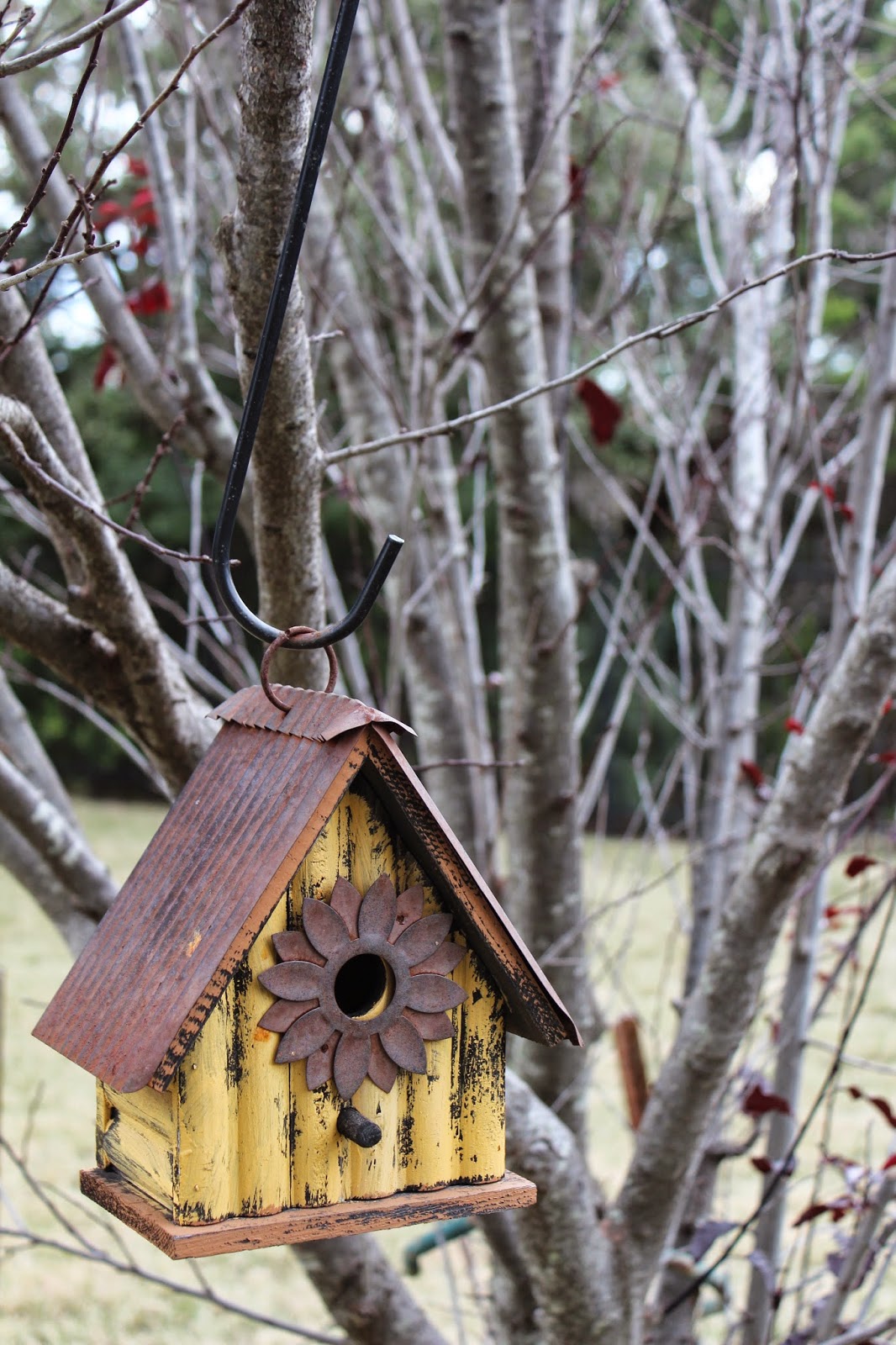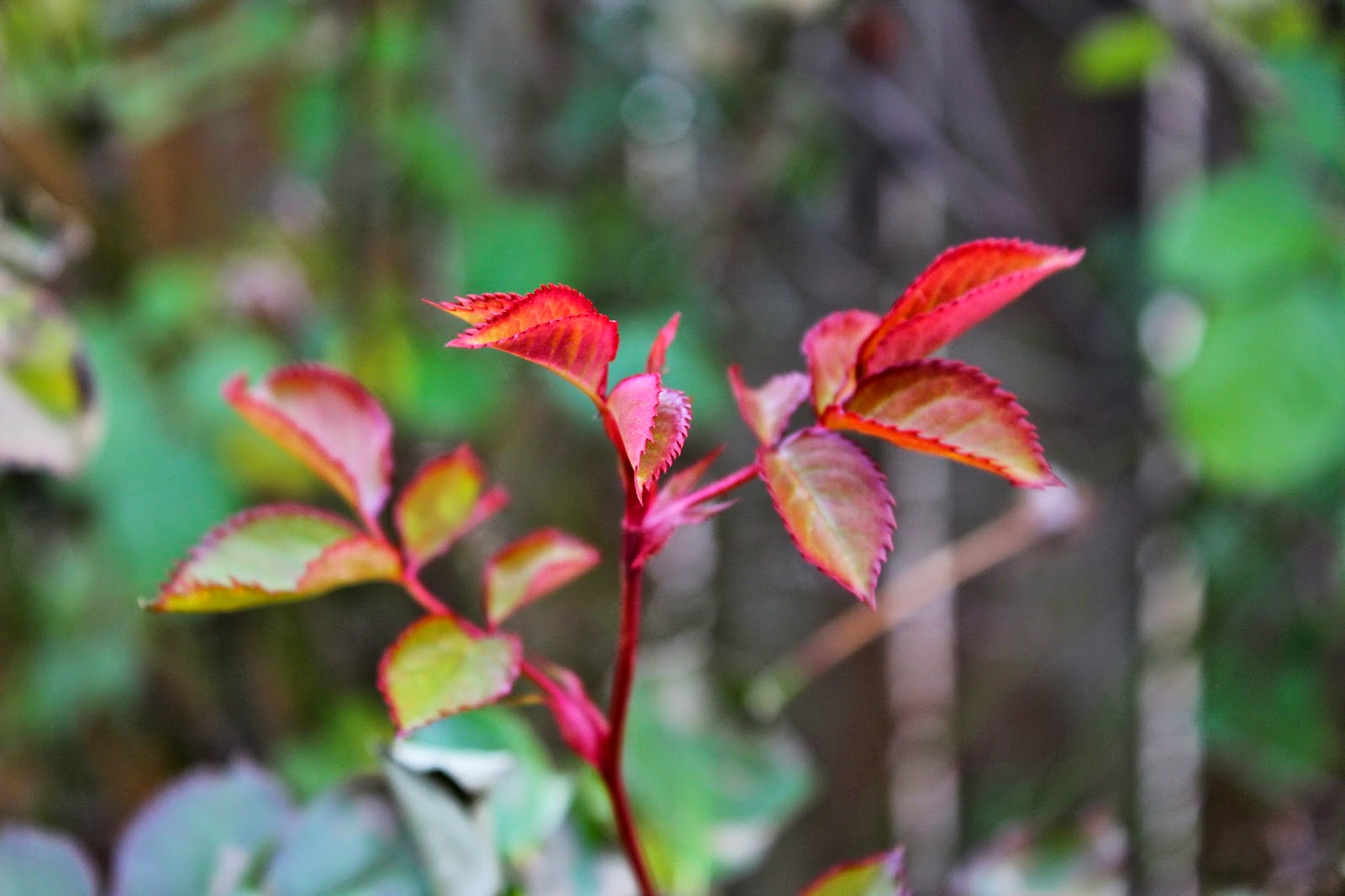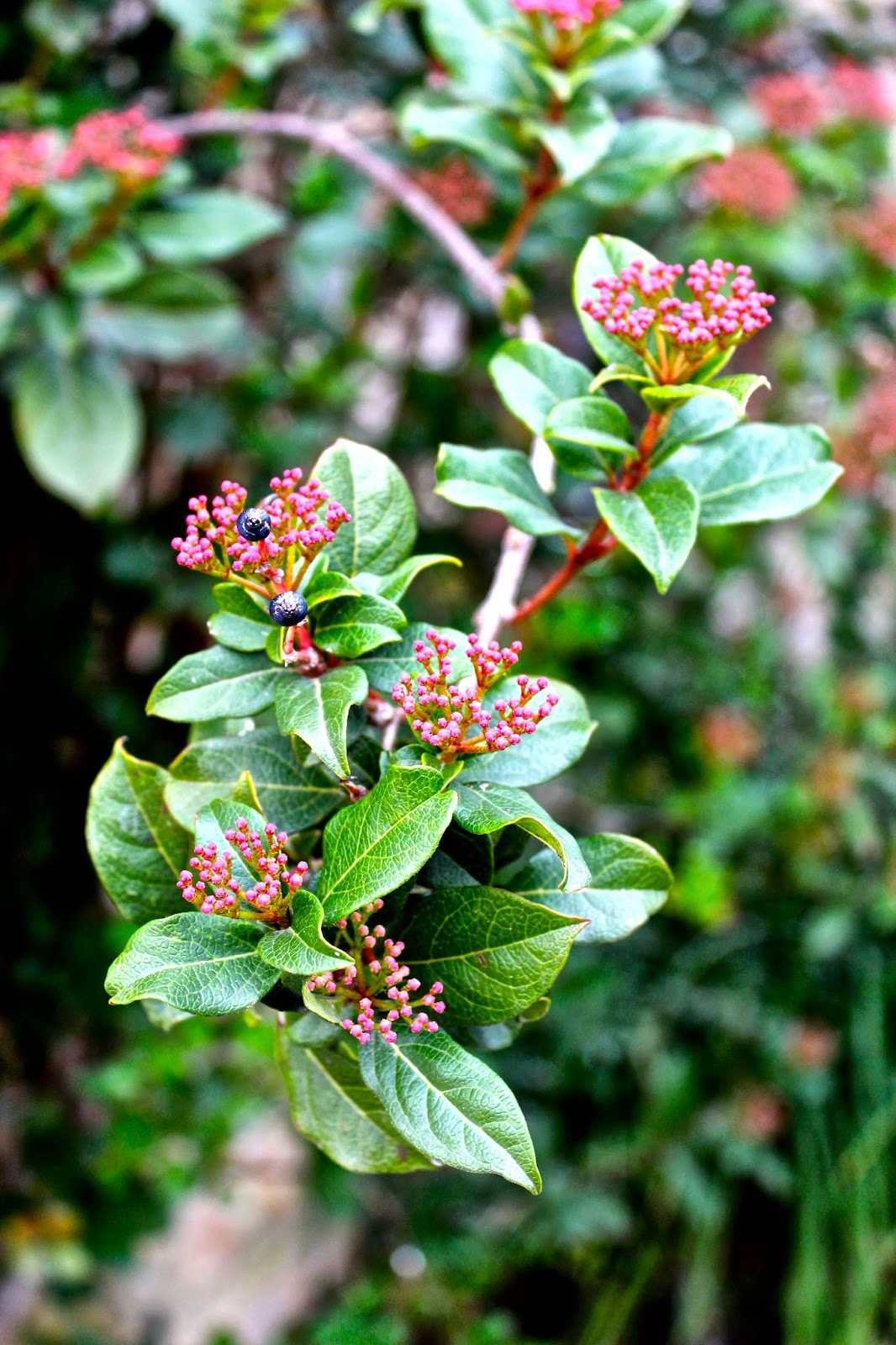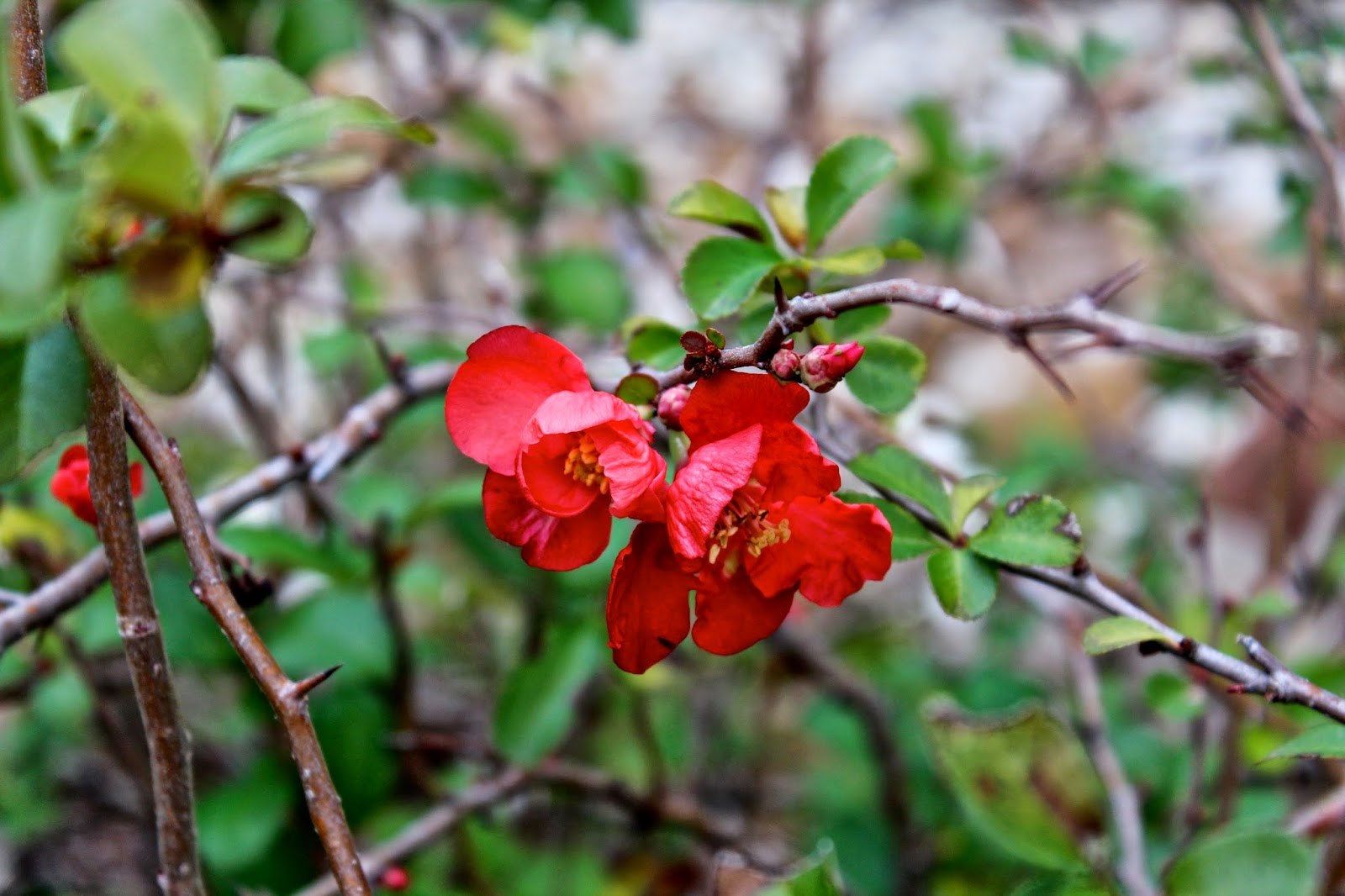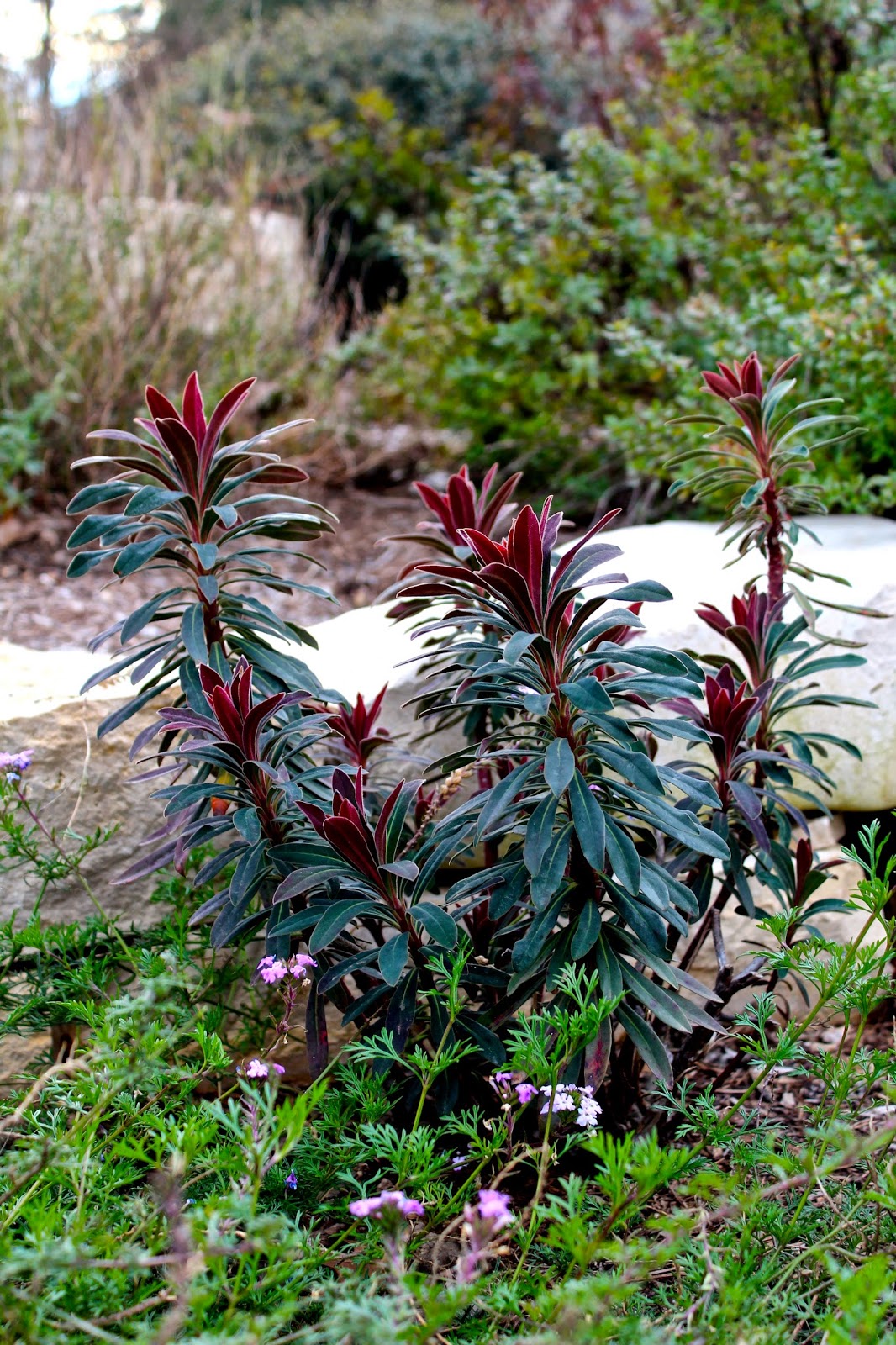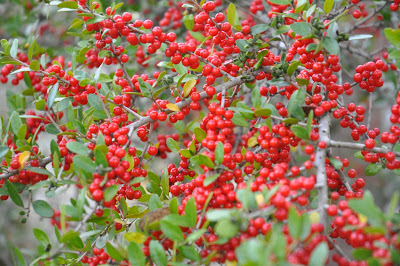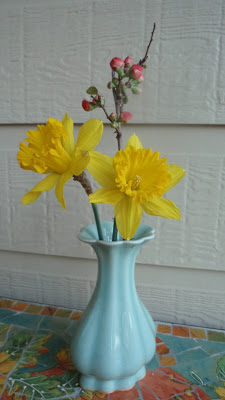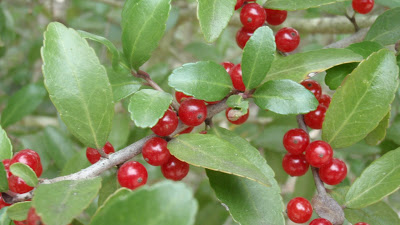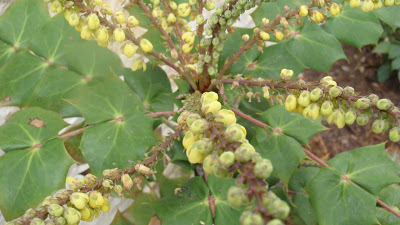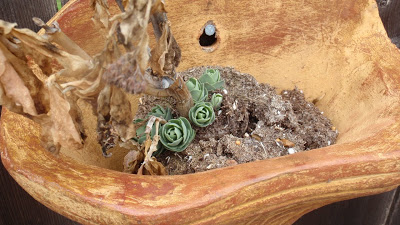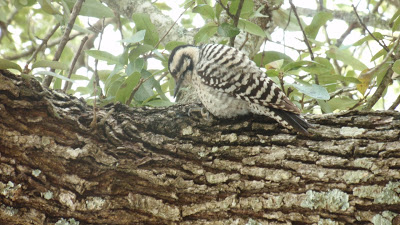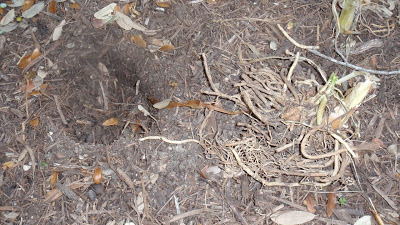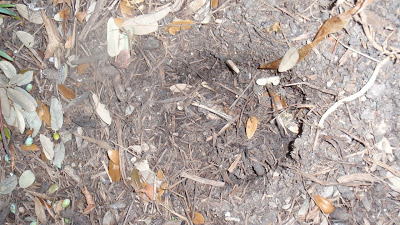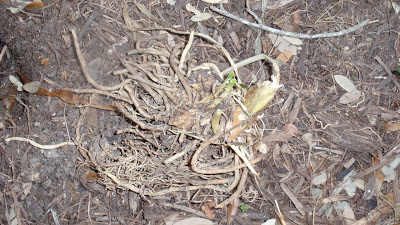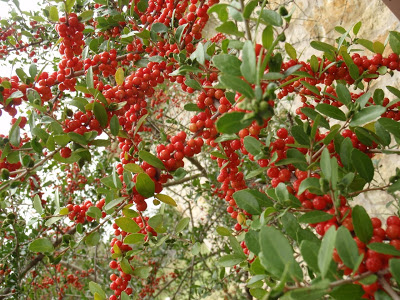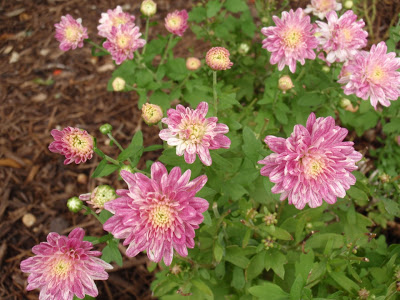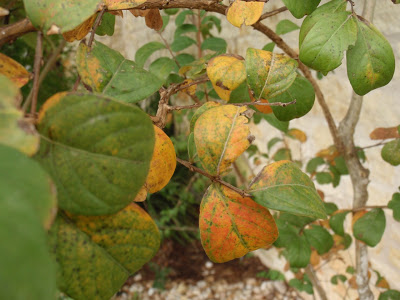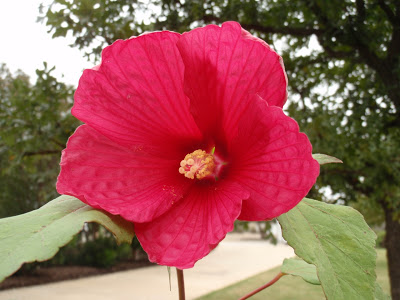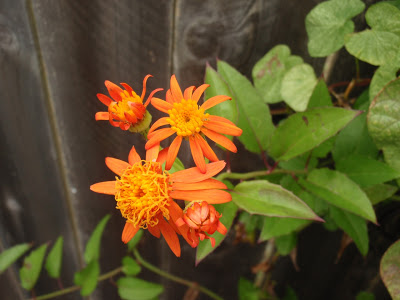Some color in the winter garden…
The sun came out today and I took a tour around my garden, basking in the warmth. As I passed each plant, mental notes began to form.
Cut this one back in a month…this one fared really well in the last freeze…oh no, I should have covered that one…and, best of all…hey — this one is blooming!
Against the backdrop of grey and brown, several bright spots dotted the landscape.
If you were a bird, wouldn’t you love spending the winter here?
Although the roses have turned to hips, the tips of the branches remain alive with budding color.
Apparently, the cold weather agrees with my viburnum.
My absolute favorite spring bloomer, Japanese Quince, has begun showing off bright flowers against it’s spiny, sculptural branches.
And next to it, the primrose Jasmine is bursting into blooms and buds as well.
And the sight of yaupon holly berries brings the woods to life with their shiny fruit.
While I’m certainly eager for the budding days of spring, it brings me a sense that all is right with the world as I watch the garden unfold across the seasons, as it is surely meant to do.

